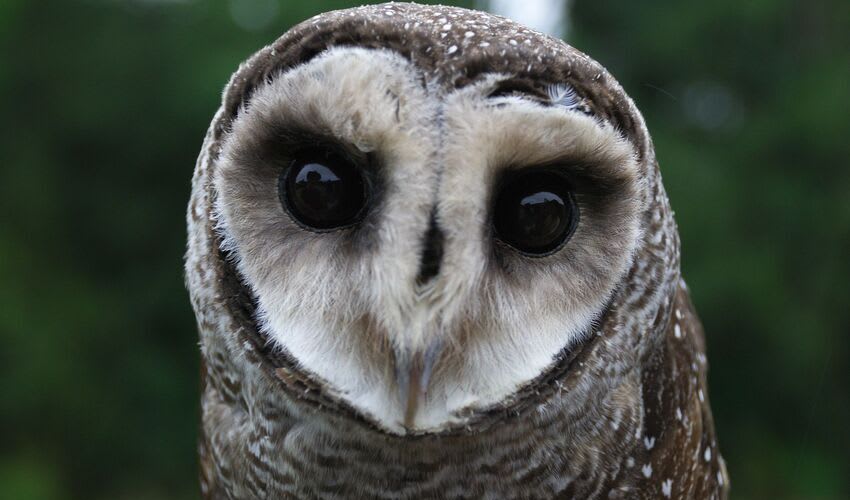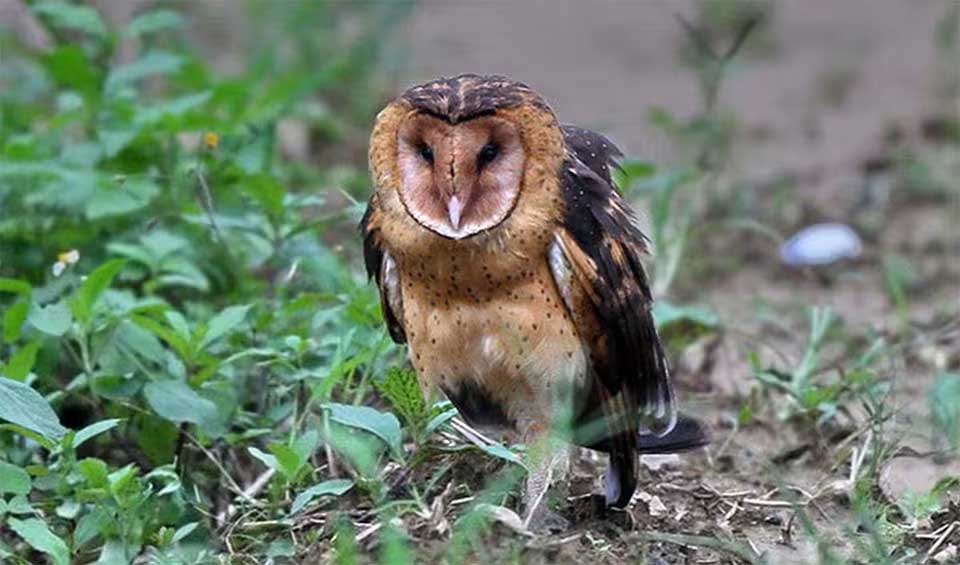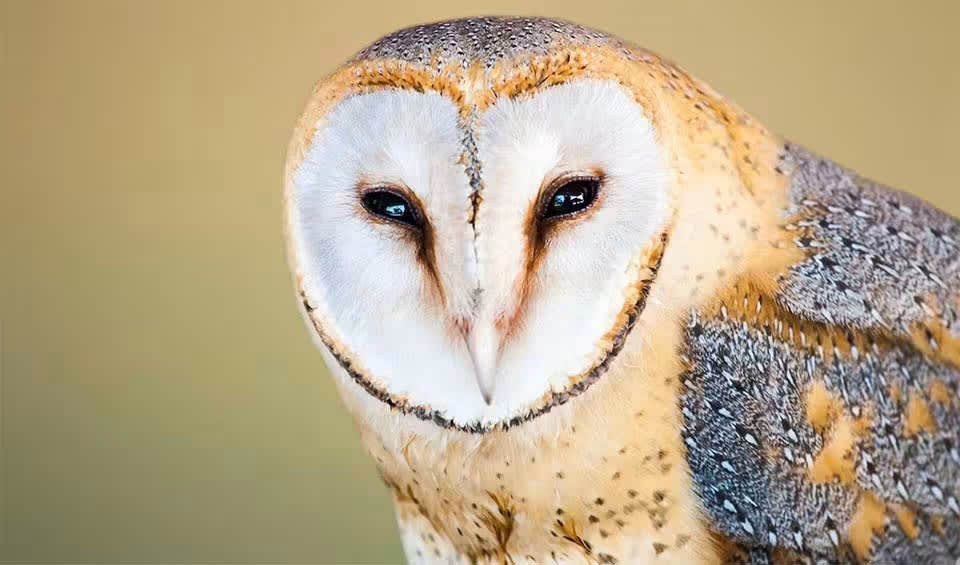Tyto – Barn, grass & masked owls
This genus has the most widely distributed owl species in the world
The genus Tyto, best known for the widespread and commonly recognized barn owl (Tyto alba), encompasses some of the most widespread species of owls. These birds are indeed nearly global in their distribution, absent only from the frozen landscapes of Antarctica.
Tyto owls are distinguished by their unique heart-shaped facial discs, which function to direct sound to their asymmetrically placed ear openings, providing them with exceptional hearing. This adaptation allows them to hunt proficiently, even in complete darkness. The soft edges of their flight feathers enable silent flight, an evolutionary trait that makes them formidable nocturnal predators.
These owls prefer to roost and nest in quiet, secluded places during the day, such as barn lofts, church steeples, hollow trees, and abandoned buildings. As twilight falls, they emerge to hunt over open habitats like fields and meadows. Their diet is primarily composed of small mammals such as mice, rats, and voles, but they are opportunistic and will also consume a variety of other animals, including bats, birds, lizards, amphibians, and a range of insects.
Tyto owls do not construct their own nests. Instead, they use natural cavities or structures created by other animals or humans. Their nesting sites are typically lined with regurgitated pellets of indigestible material from their prey, which can provide insights into their diet for scientists studying these birds.
These owls breed once or twice a year, depending on the abundance of food. They are known for their eerie screeches and hisses, which are far from the hooting calls associated with other owl species. Both parents are involved in raising their young, with the male typically responsible for hunting and the female for brooding and feeding the chicks.
Farmers often welcome the presence of Tyto owls due to their appetite for rodents, which can be pests to crops. However, these owls are susceptible to secondary poisoning from rodenticides and face threats from habitat loss due to agricultural and urban development.
Species in this genus
Australian grass-owl
This shy, nocturnal predator spends its life in open areas of grassland and cane fields but is rarely seen
Australian masked-owl
These owls are non-seasonal breeders. They mate when food is in abundance to ensure their chicks survive
Barn owl
The most cosmopolitan of owls with home ranges extending across the globe




